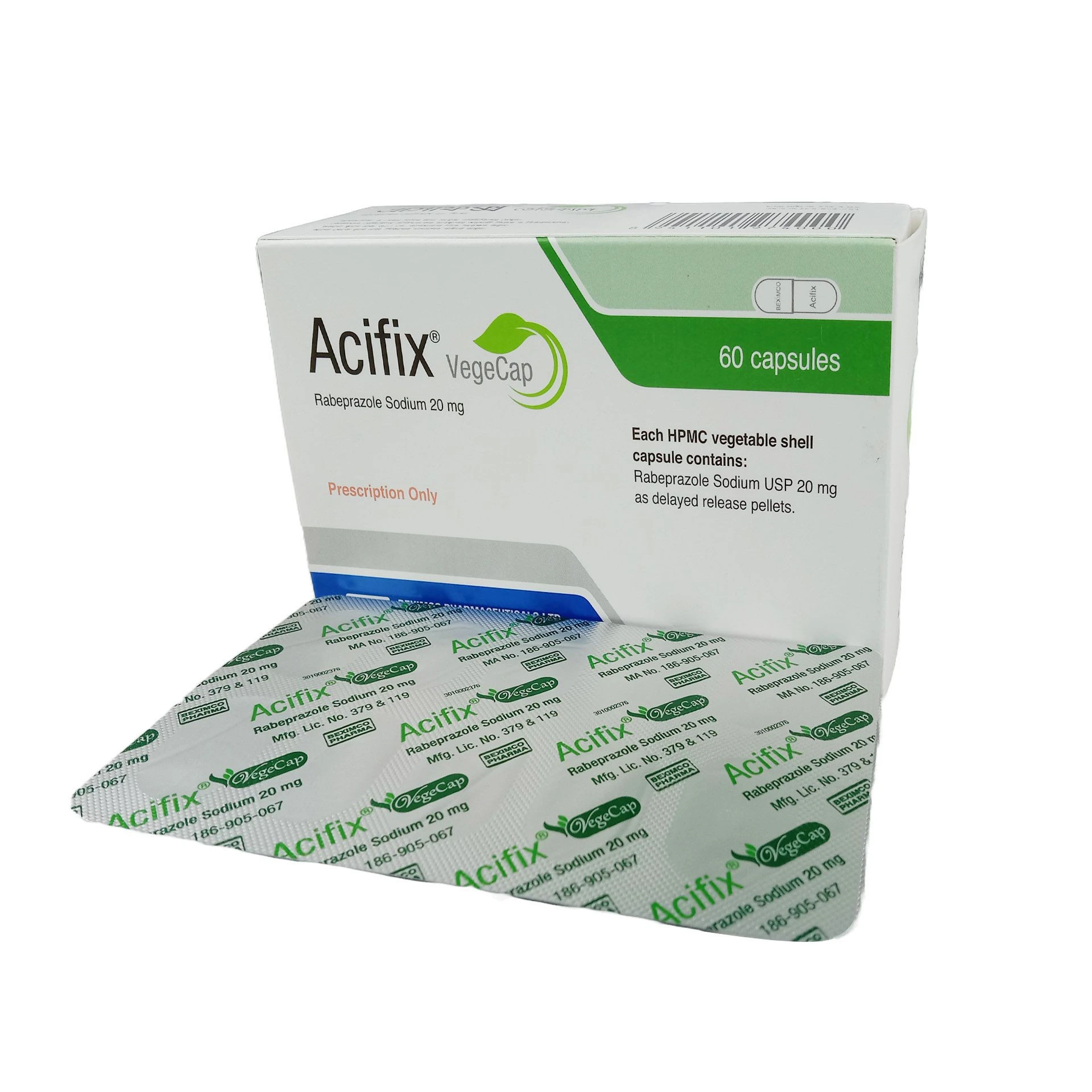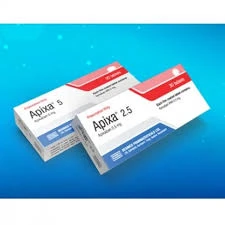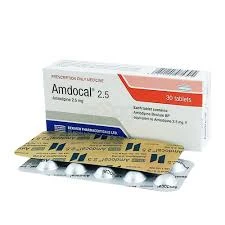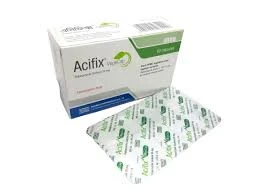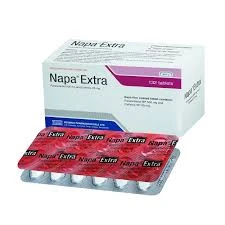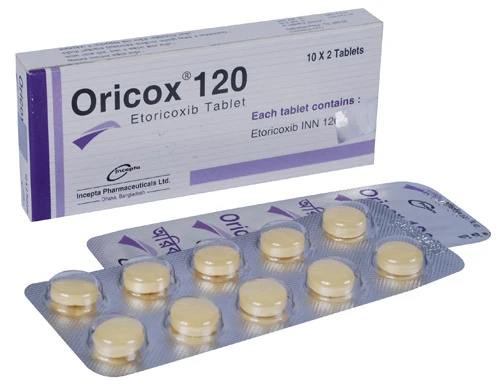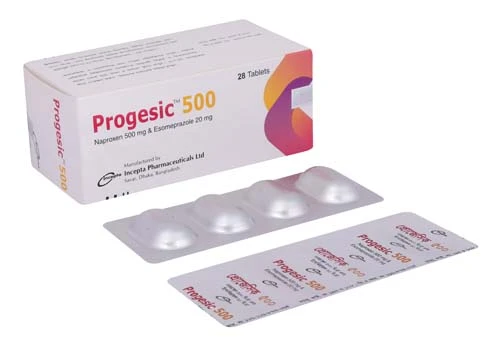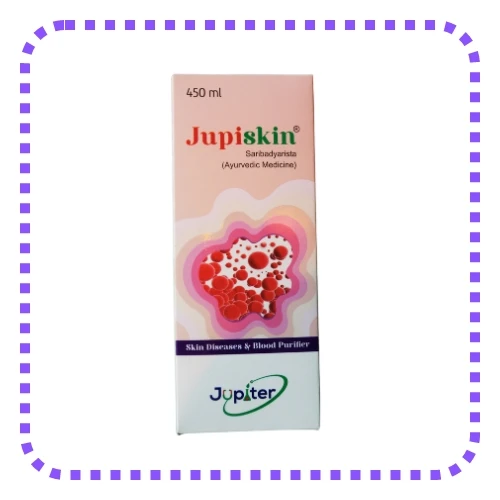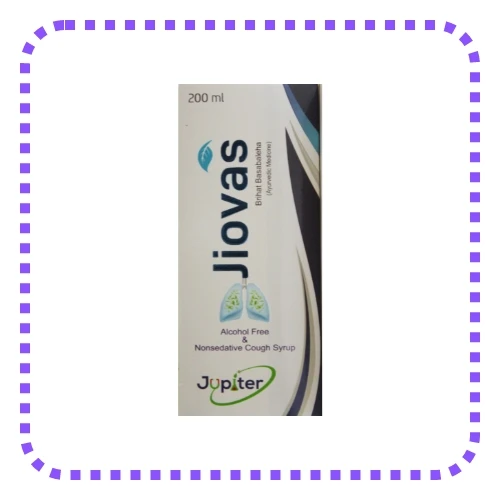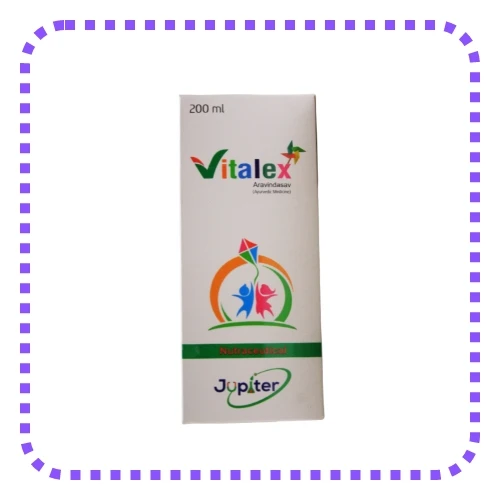Napa is indicated for fever, common cold and influenza, headache, toothache, earache, bodyache, myalgia, neuralgia, dysmenorrhoea, sprains, colic pain, back pain, post-operative pain, postpartum pain, inflammatory pain and post vaccination pain in children. It is also indicated for rheumatic & osteoarthritic pain and stiffness of joints.
Paracetamol has analgesic and antipyretic properties with weak anti-inflammatory activity. Paracetamol (Acetaminophen) is thought to act primarily in the CNS, increasing the pain threshold by inhibiting both isoforms of cyclooxygenase, COX-1, COX-2, and COX-3 enzymes involved in prostaglandin (PG) synthesis. Paracetamol is a para aminophenol derivative, has analgesic and antipyretic properties with weak anti-inflammatory activity. Paracetamol is one of the most widely used, safest and fast acting analgesic. It is well tolerated and free from various side effects of aspirin.
Tablet:
- Adult: 1-2 tablets every 4 to 6 hours up to a maximum of 4 gm (8 tablets) daily.
- Children (6-12 years): ½ to 1 tablet 3 to 4 times daily. For long term treatment it is wise not to exceed the dose beyond 2.6 gm/day.
Extended Release Tablet:
- Adults & Children over 12 years: Two tablets, swallowed whole, every 6 to 8 hours (maximum of 6 tablets in any 24 hours).The tablet must not be crushed.
Syrup/Suspension:
- Children under 3 months: 10 mg/kg body weight (reduce to 5 mg/kg if jaundiced) 3 to 4 times daily.
- 3 months to below 1 year: ½ to 1 teaspoonful 3 to 4 times daily.
- 1-5 years: 1 -2 teaspoonful 3 to 4 times daily.
- 6-12 years: 2-A teaspoonful 3 to 4 times daily.
- Adults: 4-8 teaspoonful 3 to 4 times daily.
Suppository:
- Children 3-12 months: 60-120 mg,4 times daily.
- Children 1-5 years: 125-250 mg 4 times daily.
- Children 6-12 years: 250-500 mg 4 times daily.
- Adults & children over 12 years: 0.5-1 gm 4 times daily.
Paediatric Drop:
- Children Upto 3 months: 0.5 ml (40 mg)
- 4 to 11 months: 1.0 ml (80 mg)
- 7 to 2 years: 1.5 ml (120 mg). Do not exceed more than 5 dose daily for a maximum of 5 days.
Paracetamol tablet with actizorb technology: It dissolves up to five times faster than standard Paracetamol tablets. It is a fast acting and safe analgesic with marked antipyretic property. It is specially suitable for patients who, for any reason, can not tolerate aspirin or other analgesics.
- Adults and children (aged 12 years and over): Take 1 to 2 Tablets every four to six hours as needed. Do not take more than 8 caplets in 24 hours.
- Children (7 to 11 years): Take ½-1 Tablet every four to six hours as needed. Do not take more than 4 caplets in 24 hours. Not recommended in children under 7 years.
Patients who have taken barbiturates, tricyclic antidepressants and alcohol may show diminished ability to metabolise large doses of Napa. Alcohol can increase the hepatotoxicity of Napa overdosage. Chronic ingestion of anticonvulsants or oral steroid contraceptives induce liver enzymes and may prevent attainment of therapeutic Napa levels by increasing first-pass metabolism or clearance.
It is contraindicated in known hypersensitivity to Paracetamol.
Side effects of Napa are usually mild, though haematological reactions including thrombocytopenia, leucopenia, pancytopenia, neutropenia, and agranulocytosis have been reported. Pancreatitis, skin rashes, and other allergic reactions occur occasionally.
Epidemiological studies in human pregnancy have shown no ill effects due to Paracetamol used in the recommended dosage, but patients should follow the advice of their doctor regarding its use. Paracetamol is excreted in breast milk, but not in a clinically significant amount. Available published data do not contraindicate breast feeding.
Care is advised in the administration of Napa to patients with severe renal or severe hepatic impairment. The hazard of overdose is greater in those with non-cirrhotic alcoholic liver disease. Do not exceed the stated dose. Patients should be advised not to take other Napa-containing products concurrently. Napa should only be used by the patient for whom it is prescribed when clearly necessary.
Liver damage is possible in adults who have taken 10 g or more of Napa. Ingestion of 5 g or more of Napa may lead to liver damage if the patient has following risk factors: If the patient is on long term treatment with Carbamazepine, Phenobarbitone, Phenytoin, Primidone, Rifampicin, St John’s Wort or other drugs that induce liver enzymes, or regularly consumes Ethanol in excess of recommended amounts, or is likely to be Glutathione deplete e.g. eating disorders, cystic fibrosis, HIV infection, starvation, cachexia.
Symptoms: Symptoms of Napa overdose in the first 24 hours are pallor, nausea, vomiting, anorexia and abdominal pain. Liver damage may become apparent 12 to 48 hours after ingestion. Abnormalities of glucose metabolism and metabolic acidosis may occur. In severe poisoning, hepatic failure may progress to encephalopathy, haemorrhage, hypoglycaemia, cerebral oedema and death. Acute renal failure with acute tubular necrosis, strongly suggested by loin pain, haematuria and proteinuria, may develop even in the absence of severe liver damage. Cardiac arrhythmias and pancreatitis have been reported. Immediate treatment is essential in the management of Napa overdose. Treatment with activated charcoal should be considered if the overdose has been taken within 1 hour. Plasma Napa concentration should be measured at 4 hours or later after ingestion (earlier concentrations are unreliable). Treatment with N-acetylcysteine may be used up to 24 hours after ingestion of Napa. However, the maximum protective effect is obtained up to 8 hours post-ingestion. The effectiveness of the antidote declines sharply after this time. If required the patient should be given intravenous N-acetylcysteine, in line with the established dosage schedule. If vomiting is not a problem, oral Methionine may be a suitable alternative for remote areas, outside hospital. Management of patients who present with serious hepatic dysfunction beyond 24 hours from ingestion should be discussed with the NPIS or a liver unit.


 Fast Delivery all across the country
Fast Delivery all across the country
 Safe Payment
Safe Payment
 7 Days Return Policy
7 Days Return Policy
 100% Authentic Products
100% Authentic Products
